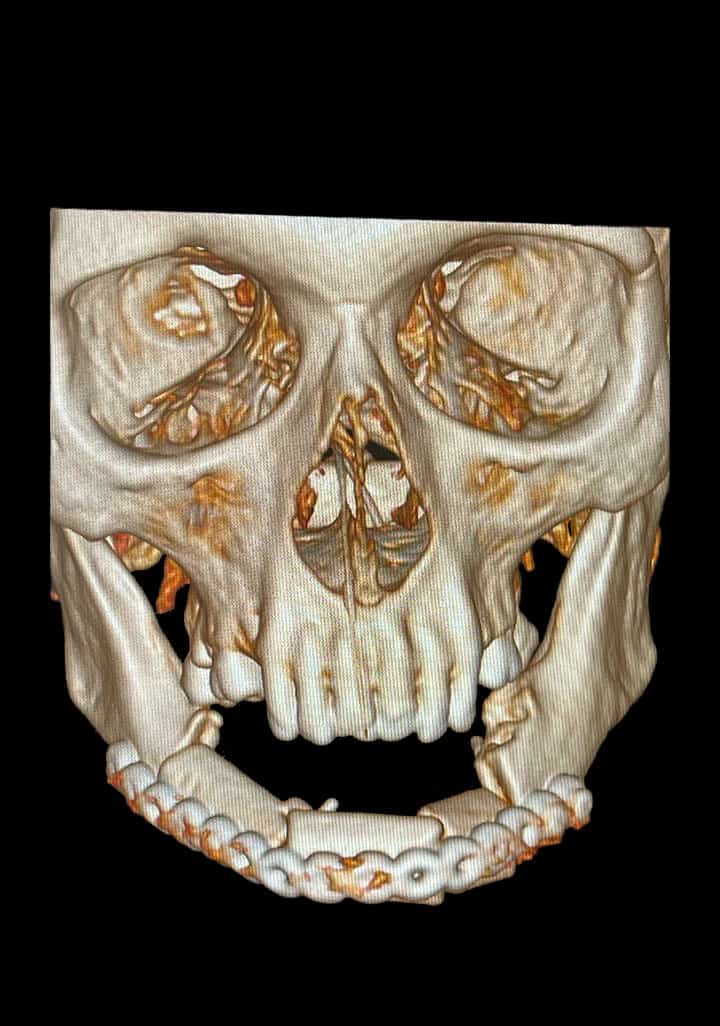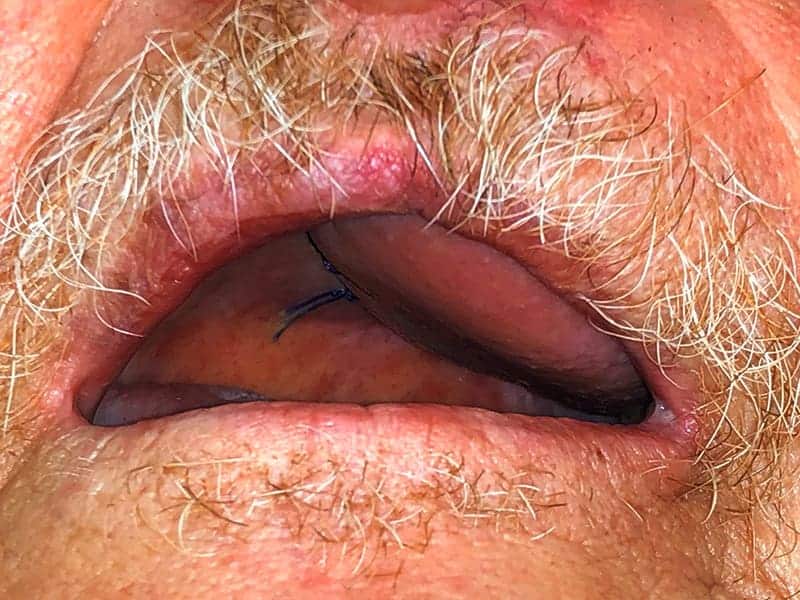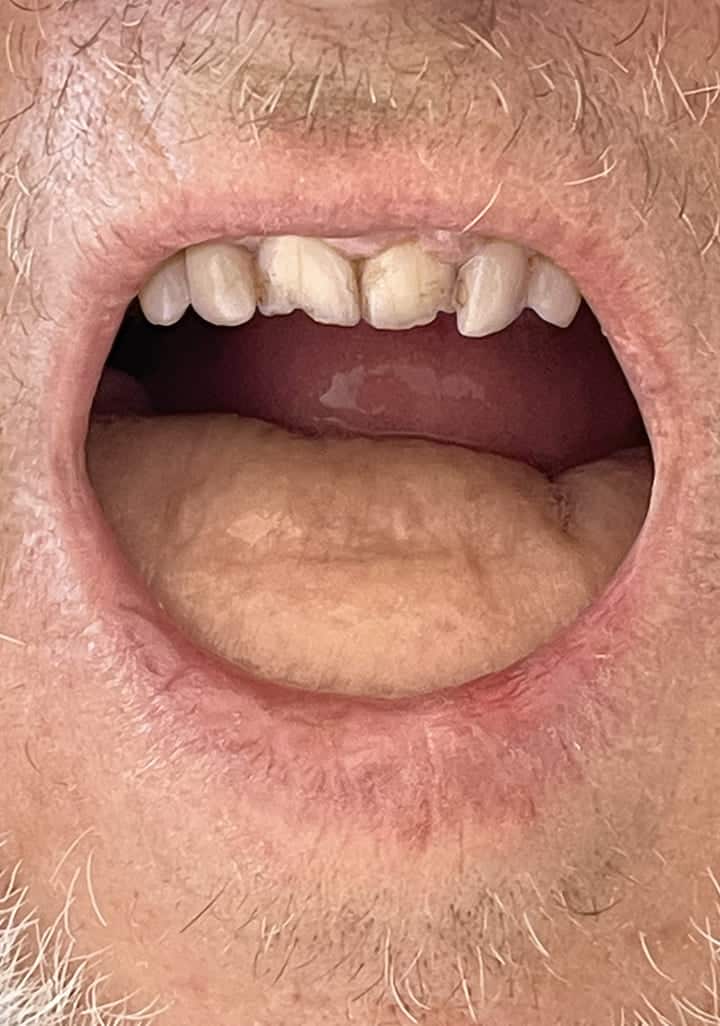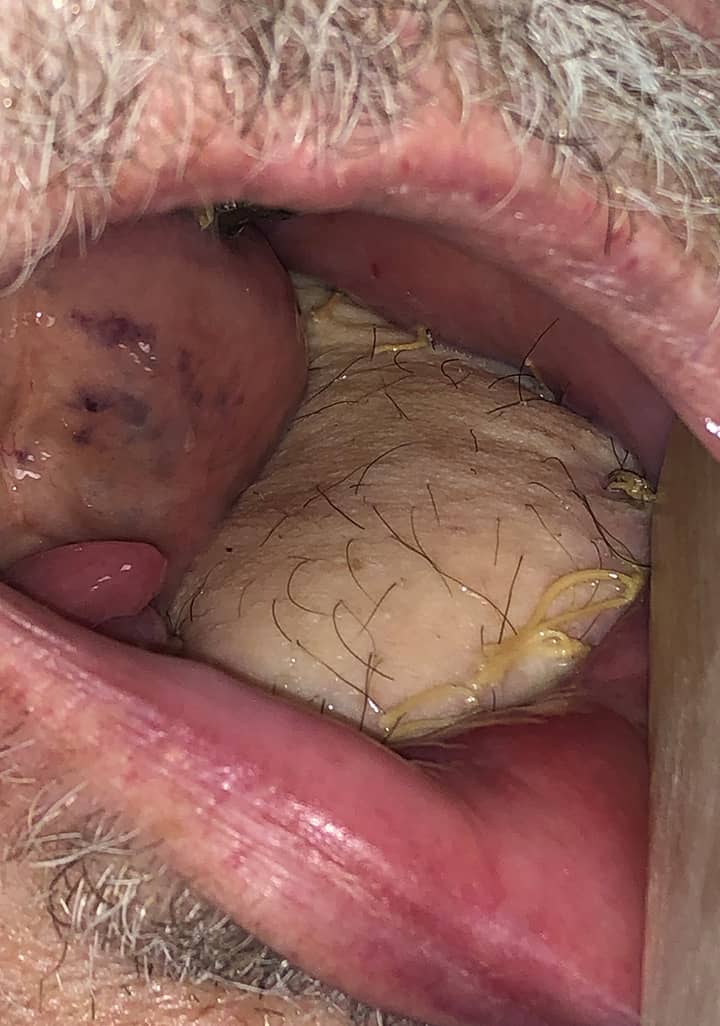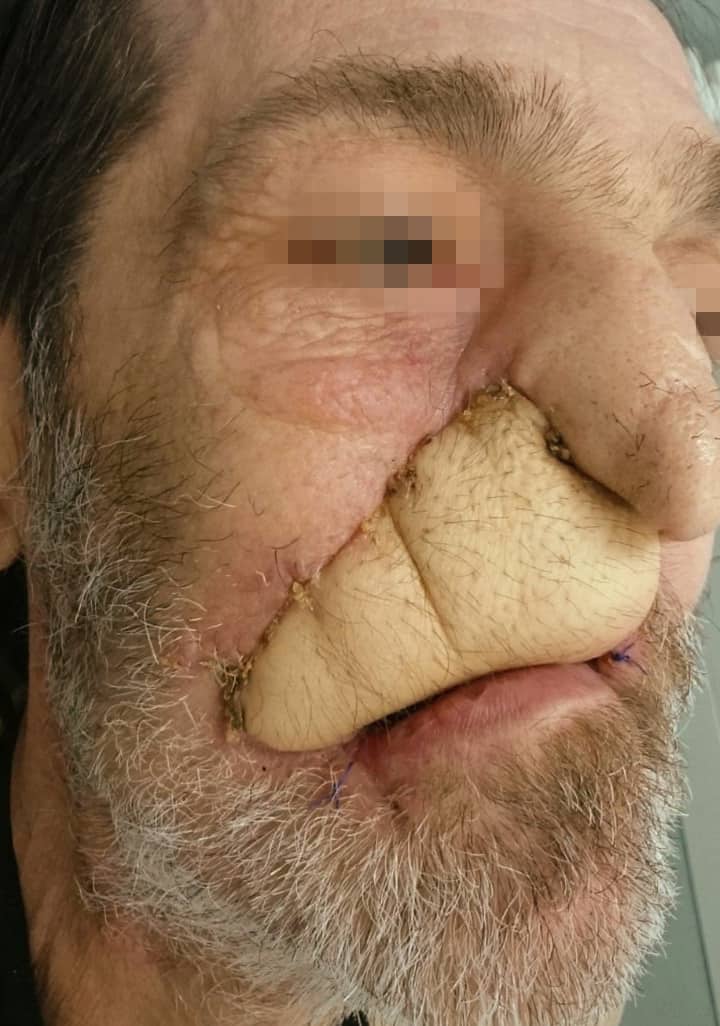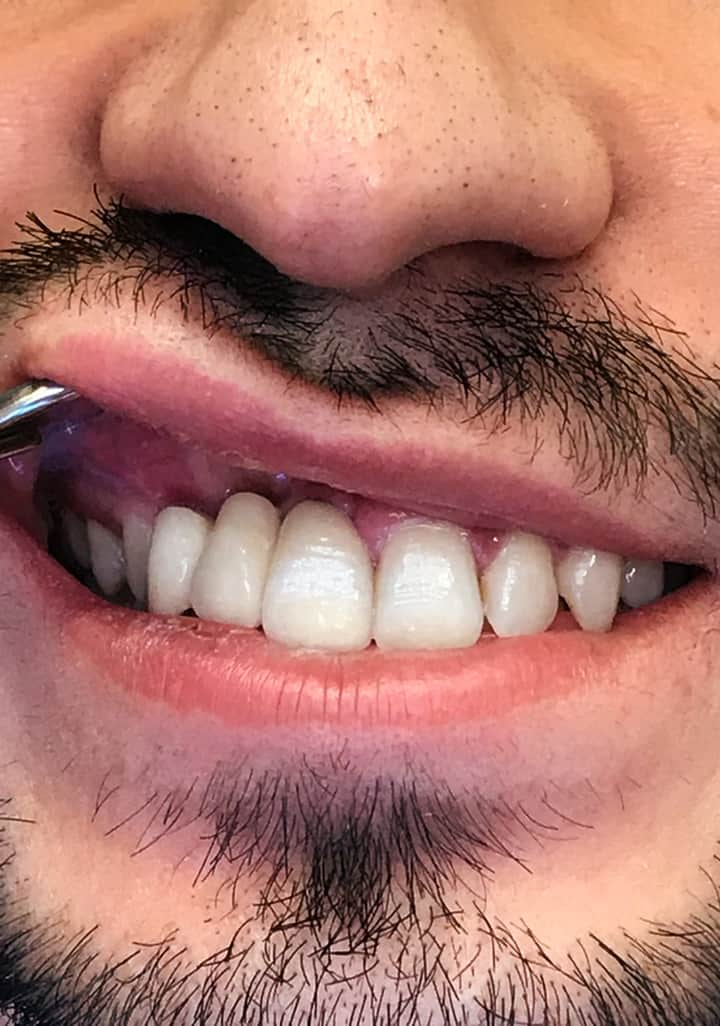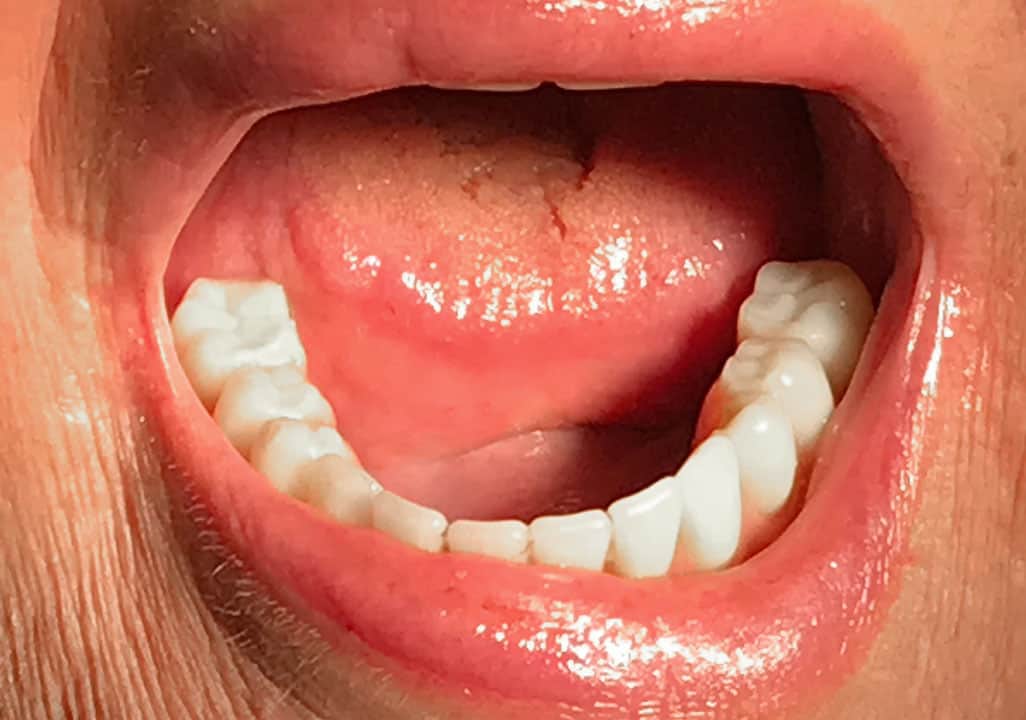Tumour surgery
Tumours in the head and neck area can be benign or malignant. The diagnosis “tumour” (Latin for: “swelling”) does not in any way mean life-threatening danger. If an ulcer is malignant, it is so primarily because of three characteristics:
1. uninhibited growth that destroys neighbouring structures
2. formation of secondary tumours in other parts of the body (metastasis)
3. gradual degeneration – i.e. malignancy of cells that have lost, to varying degrees, the characteristics of the cells from which they originated
To complicate matters, there are also tumours that destroy tissue locally but do not metastasise. These are not really benign, but not malignant either.
Patient videos – jaw
Patient videos – face
Tumours should always be removed, even the completely benign ones. The latter do not destroy neighbouring structures and do not form secondary tumours within the body. However, due to their growth, they cause pressure damage to neighbouring structures and thus, among other things, bone dissolution with pathological fractures and pain.
Furthermore, we only know for sure that a tumour was benign once it has been examined closely under the microscope.
Multi-disciplinary tumour treatment
Tumour diseases can affect all tissues of the body and thus also the head. In cooperation with the various specialists in the Tumour Centre, these conditions are discussed and an individual treatment concept is drawn up together. In a maximum care facility such as the Sana Klinikum Offenbach, experts are available for radiotherapy, chemotherapy/immunotherapy as well as surgery, working together in an interdisciplinary manner to provide you with the best advice and treatment that promises the greatest success. No two malignant tumours are the same – there is always enough time for detailed, individual advice and support for our patients with malignant tumours! A “trademark” of our Tumour Centre is its short service pathways and the close cooperation of all the disciplines involved, which are available for you at any time.
Reconstructive surgery after tumour treatment
We have tremendous expertise in reconstructive surgery with free grafts.
These are performed by taking a graft together with the vessels from another, inconspicuous part of the body (for example the inside of the lower leg). The grafts are connected to the vessels of the face and neck in an operation lasting several hours in order to be able to reconstruct, for example, the tongue, the cheek or the upper jaw, but also the nose.
Intraoral
Extraoral
Prosthetics
Discreet incisions and scars
Are you looking for help?
We will be happy to advise you on the possibilities of conservative or surgical treatment of your health problem affecting the mouth, jaw or facial area. We’re happy to help! You can reach the Landes & Kollegen Practice by telephone on +49 (0) 69 8405-1380 or by e-mail.
All planned surgical treatments are preceded by a detailed consultation, which can also take place several times and repeatedly.
We speak German, English, French, Spanish, Arabic and Portuguese.
Our regular office hours are:
Monday, Tuesday, Thursday: 8:00 – 17:00, Wednesday: 8:00 – 13:00, Friday: 8:00 – 16:00
as well as our fast-track consultations on Tuesday, Thursday and Friday, between 8:00 and 9:00 each day!

The new me as a 3D simulation
Design your own dream face! Simply upload selfies, simulate them free of charge with the Crisalix 3D software and bring them to your appointment with us!




